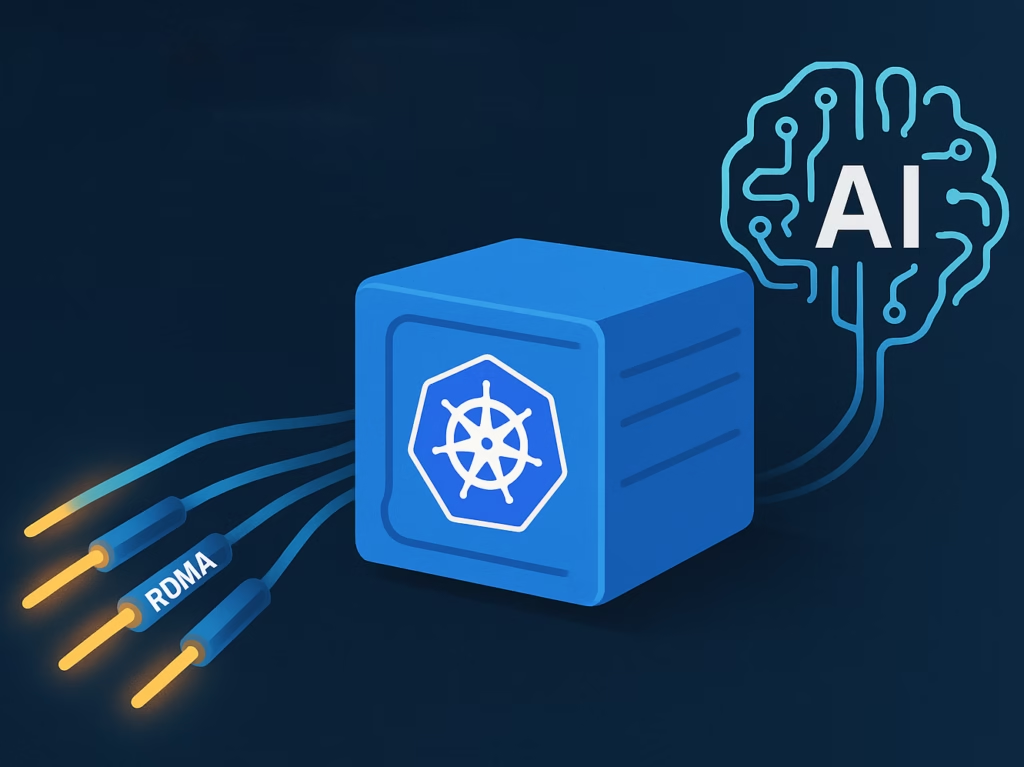
Kubernetes has become the go-to platform for managing containers. But when it comes to high-performance workloads like AI or scientific computing, it still struggles in a few key areas.
One of the biggest pain points is networking. And more specifically, RDMA.
RDMA, or Remote Direct Memory Access, is crucial for getting fast, low-latency data movement between nodes. It’s a must-have for training large models or doing serious number crunching.
But using RDMA in Kubernetes is not fun.
Admins are often stuck gluing together CNI chaining, device plugins, and random init containers. The whole process feels fragile and overly complicated. And when something goes wrong, troubleshooting it is a nightmare.
That’s where DraNet comes in.
This new open-source project, built by two engineers at Google, just entered beta. It’s designed to make high-performance networking in Kubernetes actually usable.
Instead of relying on hacks, DraNet plugs directly into Kubernetes using the Dynamic Resource Allocation API, or DRA. This approach lets you treat RDMA interfaces like real, first-class citizens in your cluster.
With DraNet, you can fine-tune NIC settings directly in your Kubernetes manifests. Want to disable eBPF filters to reduce latency? You can do that. Need to set specific parameters for your network interface? That’s built in too.
No more shell scripts. No more patchwork init containers. It’s all declarative now.
And the security side is smart too. DraNet runs as a standalone binary inside a container with no full distro. That setup shrinks the image size to under 50MB and cuts down on attack surface.
It talks to the Linux kernel using netlink, avoiding third-party dependencies that often break or bloat the system.
This isn’t just a quality-of-life improvement. For AI workloads especially, milliseconds matter. Latency adds up. Bad networking eats into performance.
DraNet gives users a clean, predictable way to get the most out of their hardware without all the overhead.
You can check it out now at dranet.dev. The project is open source and the developers are actively looking for feedback, contributors, and testers.
If you’re in the trenches dealing with Kubernetes and AI, this tool might be exactly what you’ve been waiting for.
It won’t make Kubernetes perfect, but it could make one of its most frustrating corners a lot easier to live with.


